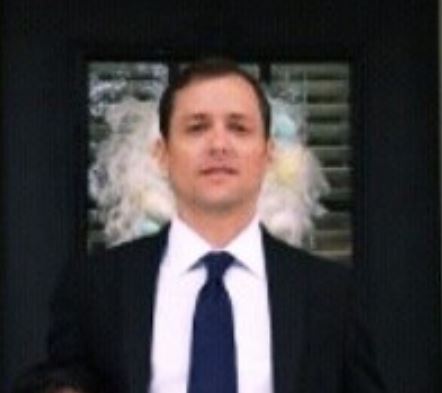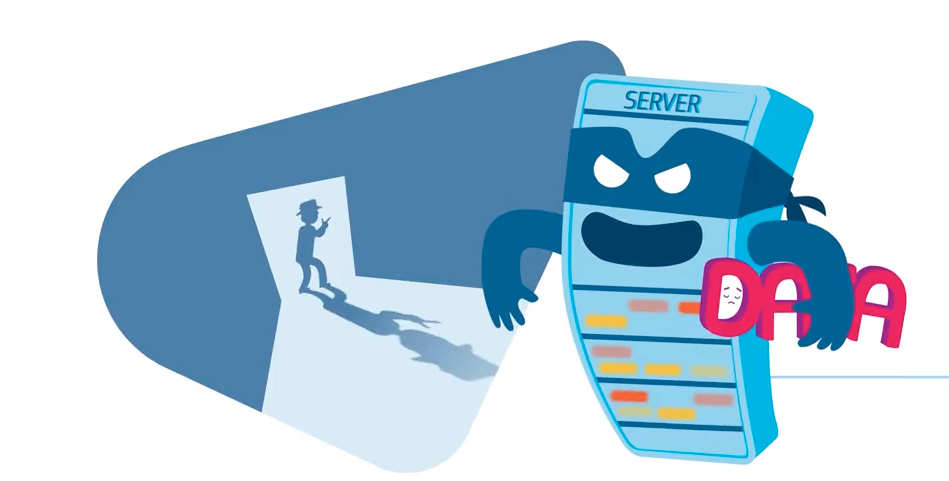
Editorial by Jonathan Reynolds, PMS Product Marketing Manager, Amadeus Hospitality
Fragmentation has long been a challenge for the hotel industry. Multiple solutions, complex integrations, and scattered data has made it difficult for properties to track their business accurately, let alone their guests. In this blog, we’ll take a look at the evolution of hospitality integrations and how early software inspired the latest innovations shaping the industry today.
All in One Systems
In the 90’s, monolithic applications dominated the hotel technology landscape. The PMS was marketed as the “must have” operating system since it covered a hotel’s daily needs. For example:
- Engineering had a simple way to track work orders.
- Front Desk checked guests in and out and managed their folios.
- Accounting tracked invoices, sent statements, and processed travel agent commissions.
- Housekeeping scheduled daily task sheets and tracked progress throughout the day.
- Reservations agents sold and modified reservations for call-in guests as well as email/fax requests.
Integrations weren’t in high demand because everything already came “in the box” and lived on-premises.
The Era of Interfaces
Most hotels had their own property interface to support connections between the PMS and on-property solutions like the phone system, key system, etc. This type of data exchange still exists today, albeit it has undergone some improvements. Now most property interfaces exchange data through IP-based protocols rather than serial (cabled).

As the 90’s slowly faded out into Y2K, the need for integrations and the technology to support them arrived, marking the beginning of the end for the “all-in-one” PMS. Companies evolved to capitalize on internet-based application connectivity. These XML and SOAP integrations not only enabled structured exchange of reservation, profile, and availability data between solutions, but they also introduced a way to manage it all in one place. It was a groundbreaking discovery since those capabilities hadn’t existed previously, leading to further inclusion of IT into hotel operations.
Companies first commercialized the integrations as add-on licenses in the PMS. Next, tools and user interfaces were created to allow hotels and hotel groups to configure and monitor each integration from a central point.
Enterprise Application Integration (EAI)
Middleware became a necessary part of integrations to manage and direct system and website traffic. This benefited hoteliers for a while, but can partially be blamed for introducing the fabled problem of fragmentation into the industry in the first place.
In hindsight, this approach to exchanging information limited cooperation and coordination among technology vendors. Vendor Integration Certifications are an expensive and lengthy process, putting our shared customers – hotels – in the middle of it all. Their suffering ultimately affects the guest, whose experience we are all trying to elevate.
The Growth of Fragmentation
Once a property is able to overcome the challenge of attaining a vendor certification, other issues may surface causing further fragmentation. In order for multiple systems to be effective, their integrations require two or more databases to be synchronized. This causes the data to be unnecessarily duplicated. Apart from the inherent risk associated with storing the same data in multiple locations, it’s also not very efficient.

To put it into perspective, let’s pretend you are part of your hotel’s revenue strategy team. Now think about the amount of time it would take to manually reconcile and audit the PMS and CRS systems to ensure they’re in sync. Let’s say you want to publish a promotion across your entire estate of 1,000 hotels on a Tuesday. By Friday, you’re likely still putting out the last fires related to rate discrepancies. This is because keeping a PMS and CRS in precise, real-time synchronization is nearly impossible. This is an eye-opening problem, and can only be solved through modern integration approaches.
Welcome, SOA and Microservices
These two similar but distinct methodologies for integrating solutions have lead significant change and innovation in the hotel industry over the past 5–8 years. Microservices is a style of application architecture where developers build features that are independently modular and loosely coupled together, allowing them to be more agile and useful when integrating to other systems. Some of the major benefits of Microservices are:
(1) Data is stored in fewer locations, lowering overall cost and risk.
(2) It makes upgrading software easier and less interdependent. (Think about Netflix — have you ever seen the site go down for maintenance?)
(3) It speeds up the delivery of new product features.
 SOA and Microservices frameworks could enable tech suppliers to drop synchronization altogether and form much tighter bonds through web-oriented API integrations, as long as the tech supplier’s architecture and commercial rules allow for it. This catches us up to the current state of integrations in the hotel technology landscape today. A mixture of the above described integration frameworks and methodologies exist today, with the latter taking a stronger foothold — ushering in a new wave of collaboration.
SOA and Microservices frameworks could enable tech suppliers to drop synchronization altogether and form much tighter bonds through web-oriented API integrations, as long as the tech supplier’s architecture and commercial rules allow for it. This catches us up to the current state of integrations in the hotel technology landscape today. A mixture of the above described integration frameworks and methodologies exist today, with the latter taking a stronger foothold — ushering in a new wave of collaboration.
Several interesting projects are underway to help bridge the fragmentation gap among hotel solution suppliers. HTNG’s API Registry Workgroup is releasing a white paper later this year with the premise that first and foremost, we need a directory. With a quasi-technical catalog of sorts made available online, technology suppliers, and to some degree technical hoteliers, can get a handle on what’s available and how to communicate with systems.
Our friends at HotelTechReport.com also have an initiative that compliments what HTNG aims to provide through their Workgroup. They are cataloging hotel integrations into one place online for hoteliers to research products, read reviews and generally see what applications connect to their systems.
Amadeus Hospitality has a vision to be at the forefront in providing the most modern, scalable set of tools for the hospitality industry through open, cloud-native capabilities and integrations. Reach out to us if you’d like to learn more.
 About the author:
About the author:
Jonathan Reynolds is a PMS Product Marketing Manager at Amadeus Hospitality. He brings 18 years of Hospitality IT experience to his role.
Built with Microsoft Azure
Amadeus Cloud Property Management Solutions are built utilizing Microsoft Azure.
Learn More about Azure






